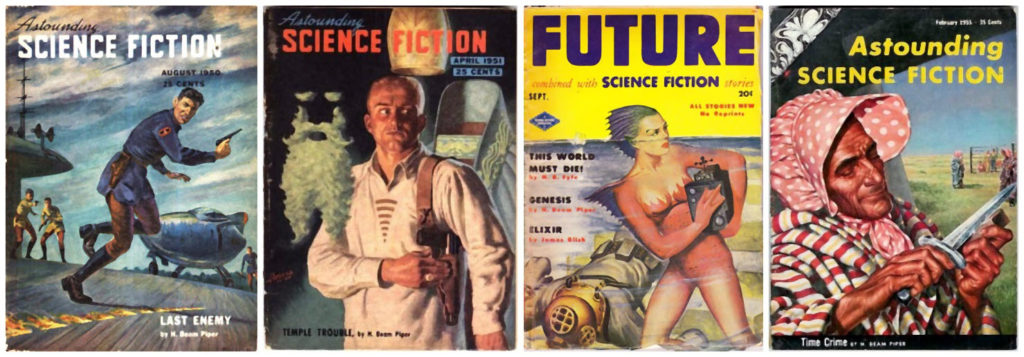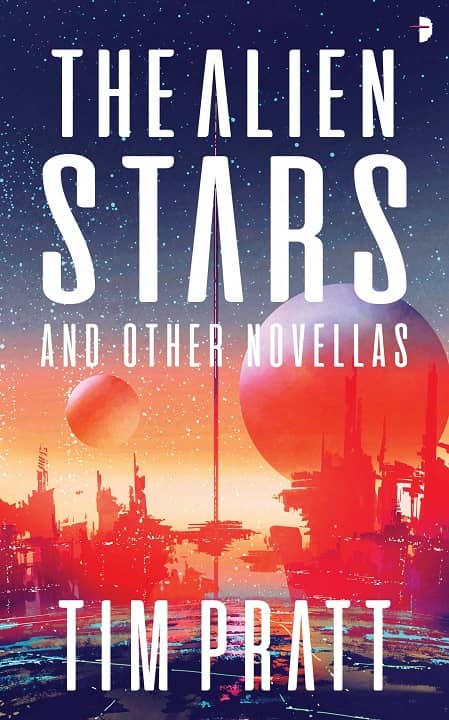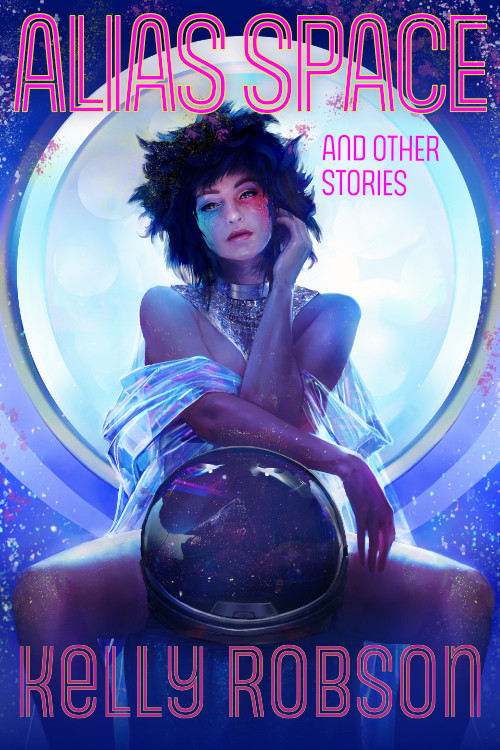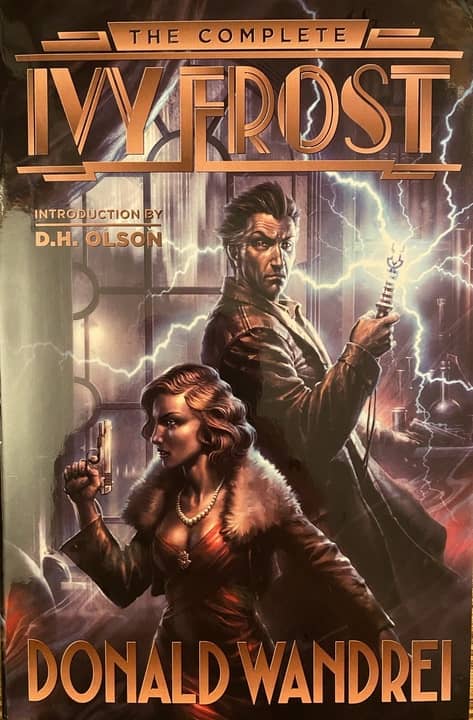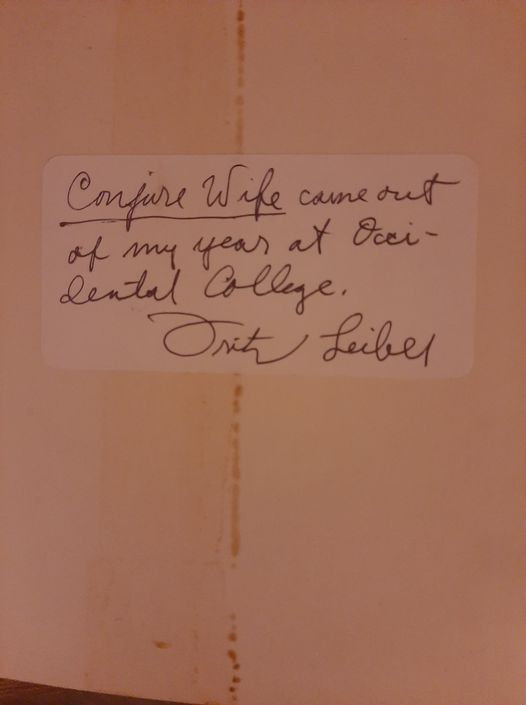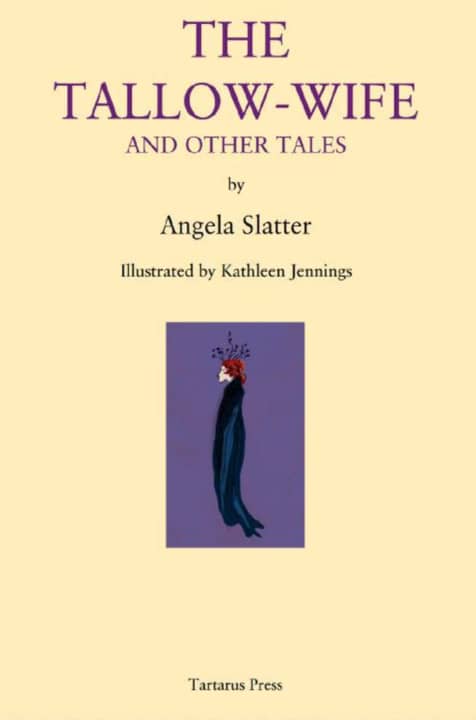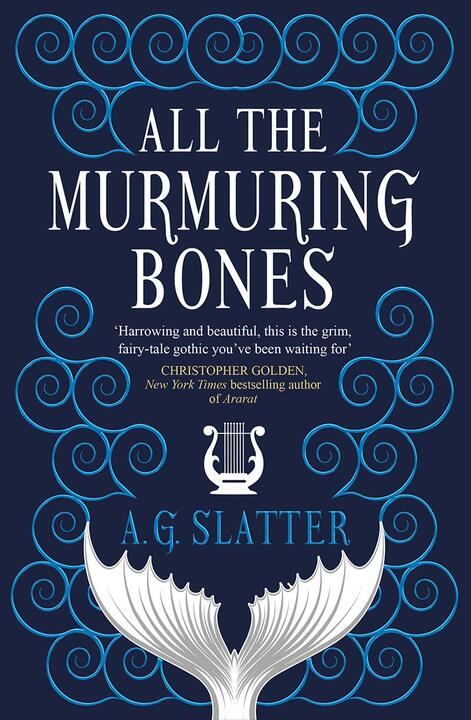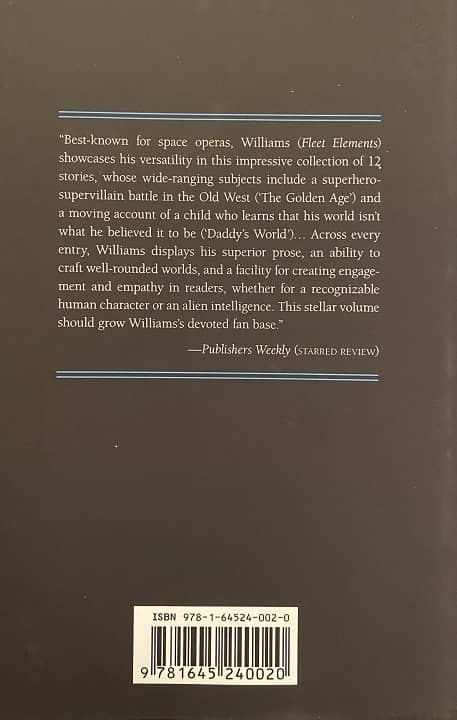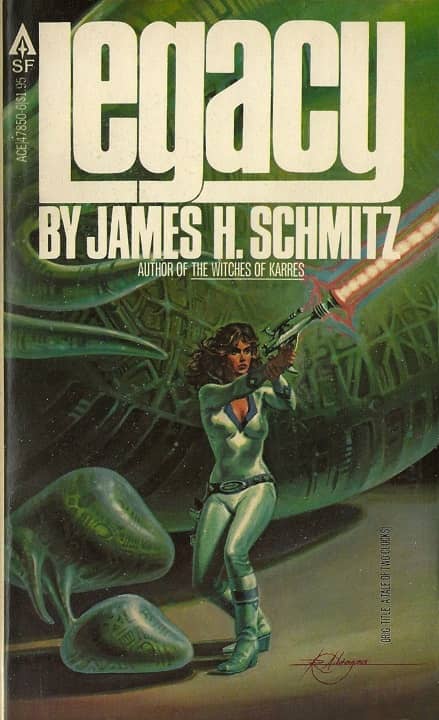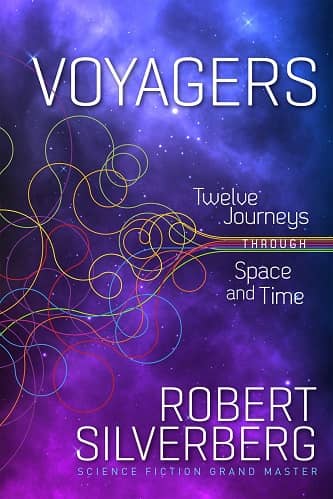Vintage Treasures: Judgment Night by C.L. Moore
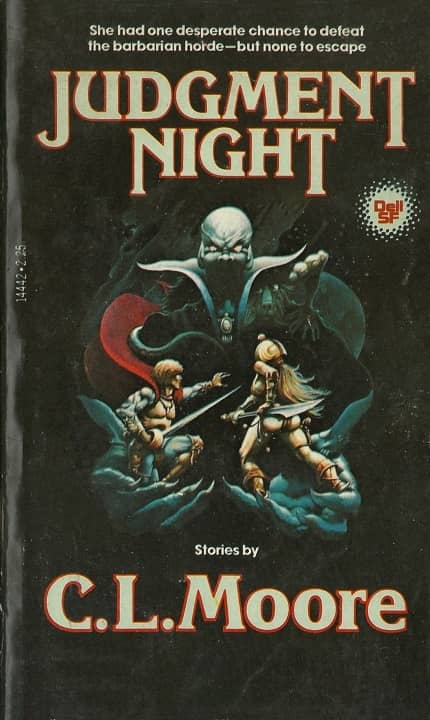 |
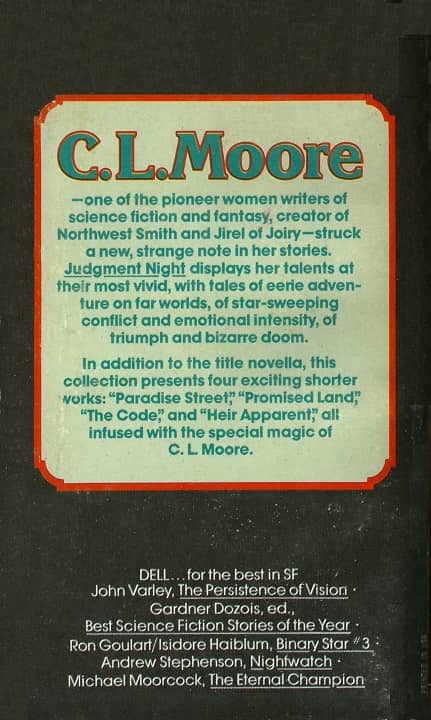 |
Judgment Night (Dell, 1979). Cover uncredited
Every new generation of SF readers has to put up with old timers lecturing them about how much better science fiction was decades ago. I had to endure it when I was growing up, my kids sure as hell did, and I expect twenty years from now my grandkids will have to cope with the same annoyance, as they try to peacefully enjoy their favorite manga by the pool while grandad angrily shouts at them to read a damn book once in a while. I hope they ignore him.
From time to time some curious young reader will ask me for a recommendation from the pulp era of science fiction I’m always going on about, “You know, something actually good.” It’s a fair enough request. Sometimes I point them towards Charles Tanner’s Tumithak stories, or Robert E. Howard, or Clark Ashton Smith. But recently I’ve been suggesting C.L. Moore. And especially her 1979 paperback Judgment Night, which collects five tales from the pulp era of Astounding. Here’s Paul Di Filippo’s review of the title story, published here at Black Gate a decade ago,
A primal space opera, it concerns the star empire of the Lyonese, whose central world is Ericon, where ancient patron gods live, remote from day-to-day affairs of the empire.
But now the vast holdings of the Lyonese are crumbling under the assault of a younger race, the H’vani. The Emperor’s heir is Juille, a daughter, and she’s determined her dynasty will continue. She wages a one-woman campaign against the wishes of her doddering father to save all that her ancestors built.
But she doesn’t count on falling in love with the H’vani ruler — or the machinations of Ericon’s living deities.
“Judgment Night,” published in the August 1943 issue of Astounding, is a complete short novel in itself, but that lovely paperback also contains the novella “Paradise Street” and three long novelettes. It’s a delightful introduction to what pulp science was all about — and one of its finest practitioners.
